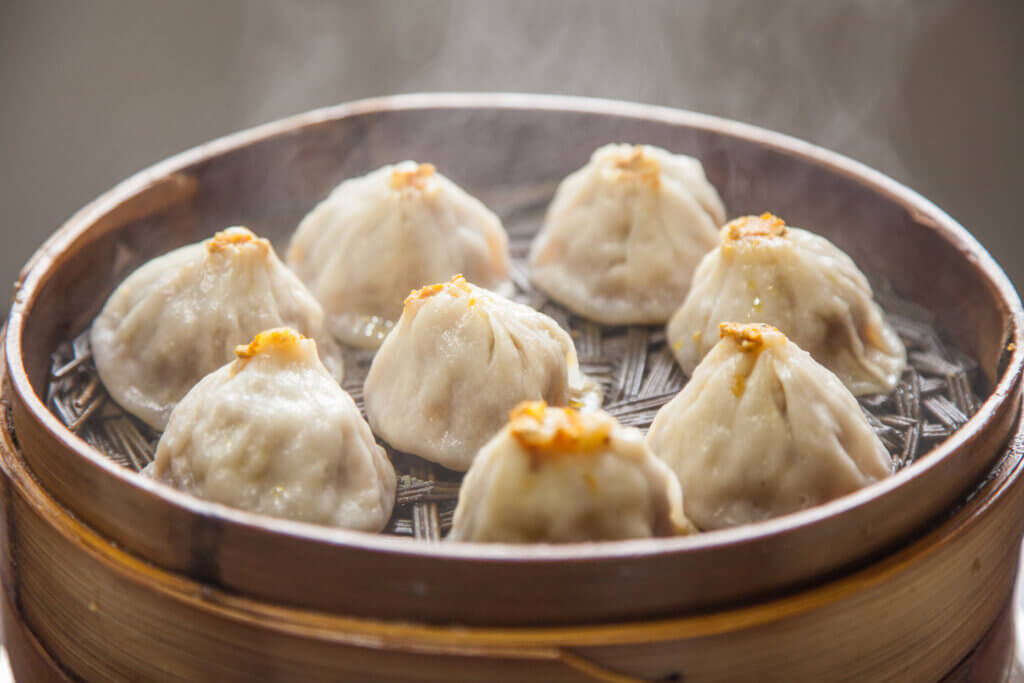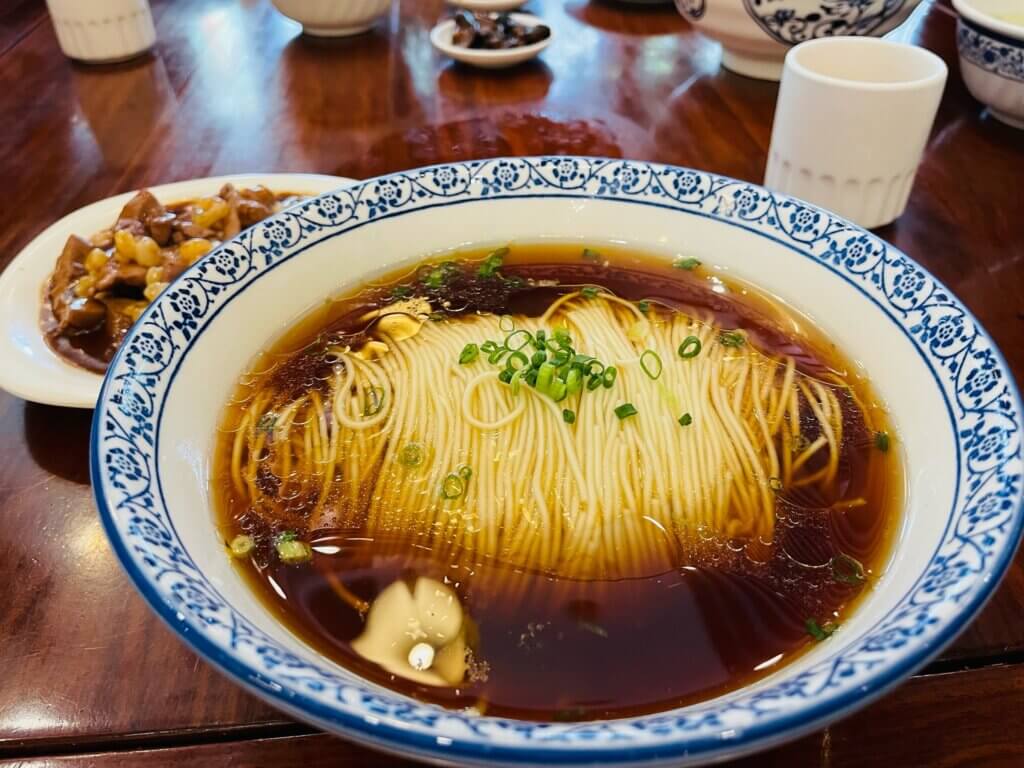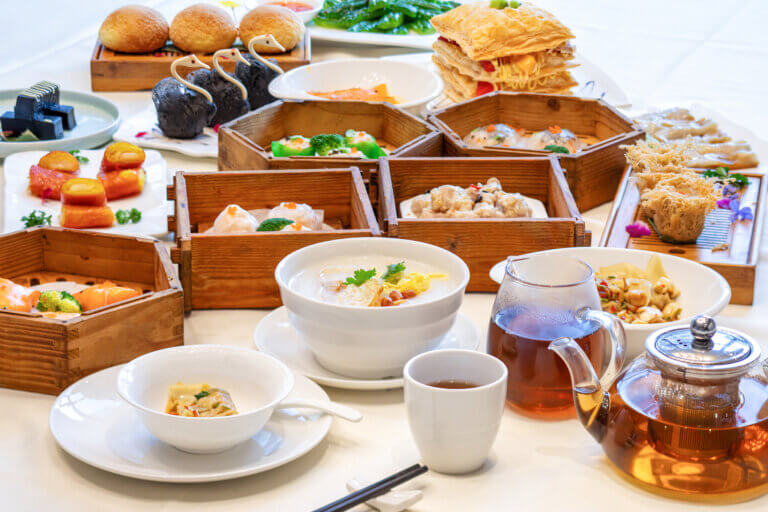
What is Xiaolongbao?
Xiaolongbao, often called soup dumplings, is a type of Chinese steamed bun (baozi) that originated in the Jiangnan region of China. These delicate dumplings feature thin, translucent wrappers and a rich, flavorful broth inside. The name “Xiaolongbao” means “little basket buns,” referring to the small bamboo steamers people traditionally use to cook them.
The magic of Xiaolongbao comes from its preparation. Chefs solidify the broth into a gelatinous form, which melts into soup when steamed. This technique ensures every bite bursts with savory broth, complemented by a tender filling, usually pork, crab, or shrimp.
Cities in China Famous for Xiaolongbao
While you can find Xiaolongbao in many parts of China, certain cities stand out for their exceptional versions of this dish.
- Shanghai: As the birthplace of Xiaolongbao, Shanghai offers some of the most authentic and delicious varieties. The city’s bustling food scene is a paradise for dumpling lovers, with countless restaurants and street vendors specializing in this delicacy.
- Suzhou: Known for its refined culinary traditions, Suzhou is another city where Xiaolongbao thrives. The dumplings here often have a slightly sweeter taste, reflecting the region’s preference for subtle, balanced flavors.
- Wuxi: Wuxi-style Xiaolongbao is famous for its sweeter broth and thicker skin. Locals love this variation, which offers a unique twist on the traditional recipe.
- Nanjing: In Nanjing, people often serve Xiaolongbao with a side of vinegar and ginger, enhancing the flavors and providing a refreshing contrast to the rich broth.
- Hangzhou: This city is known for its scenic beauty and culinary excellence. Hangzhou’s Xiaolongbao often features a mix of pork and crab, offering a luxurious take on the classic dumpling.
Key Characteristics and Varieties of Xiaolongbao
Xiaolongbao is celebrated for its distinctive features and diverse varieties. Here are some key characteristics and types you should know:
- Thin Wrappers: One hallmark of a good Xiaolongbao is its thin, delicate wrapper. The skin should be thin enough to see the filling inside but sturdy enough to hold the broth without breaking.
- Soup-filled Interior: The most defining feature of Xiaolongbao is the soup inside. Chefs solidify the broth into a gelatin, which melts during steaming, creating a burst of flavor with each bite.
- Variety of Fillings: While pork is the most common filling, Xiaolongbao can also include crab, shrimp, or a combination of meats. Vegetarian versions with mushrooms and tofu are also available.
- Regional Variations: Different regions in China have their own take on Xiaolongbao. For example, Shanghai-style Xiaolongbao is known for its rich, savory broth, while Wuxi-style is sweeter and has a thicker skin.
- Serving Style: People typically serve Xiaolongbao in bamboo steamers, which help retain their moisture and flavor. They often accompany the dumplings with a dipping sauce made from vinegar and ginger, adding a tangy contrast to the rich flavors.
Tips for Enjoying Xiaolongbao
To fully appreciate the art of Xiaolongbao, here are some tips for enjoying them:
- Handle with Care: The thin wrappers can tear easily, so use chopsticks gently to pick up the dumplings.
- Dip Wisely: A light dip in the vinegar and ginger sauce enhances the flavors without overpowering the delicate broth.
- Eat in One Bite: To experience the full burst of flavor, try to eat the Xiaolongbao in one bite. Be cautious, as the broth can be very hot.
- Pair with Tea: A cup of Chinese tea, such as jasmine or green tea, complements the rich flavors of Xiaolongbao and aids in digestion.
Conclusion
Xiaolongbao is more than just a dumpling; it’s a culinary experience that embodies the rich flavors and traditions of Chinese cuisine. Whether you’re savoring the classic pork-filled variety in Shanghai or indulging in the sweeter Wuxi-style, each bite offers a glimpse into the region’s culinary heritage. So, the next time you find yourself in China, make sure to seek out these little bundles of joy and savor the magic of Xiaolongbao.




